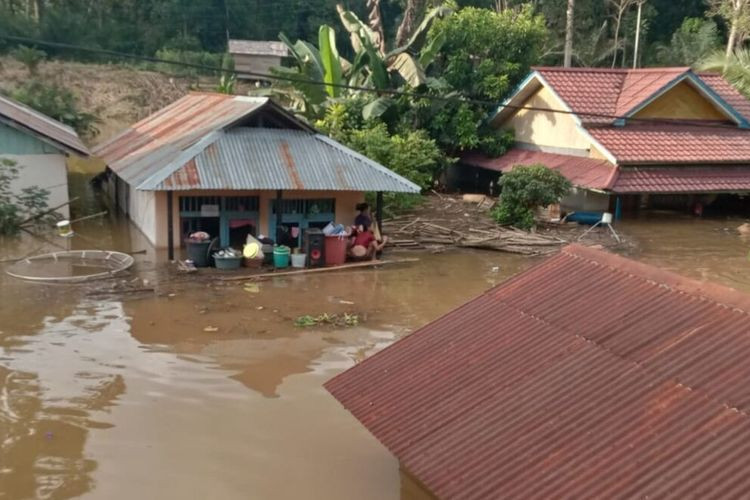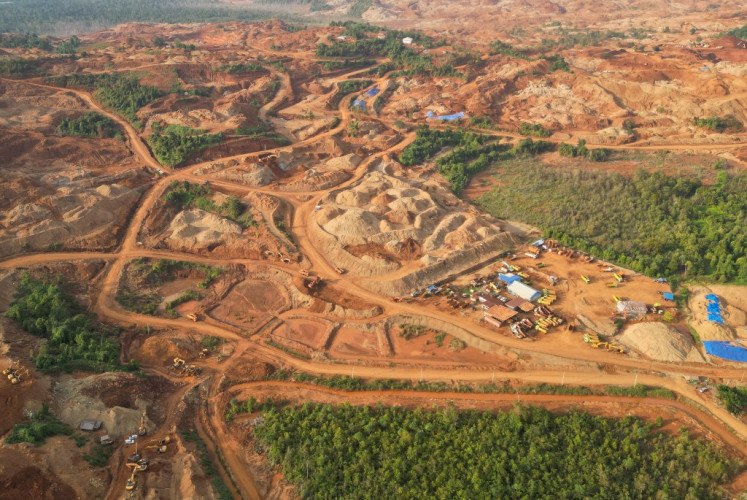When nature retaliates
Environmental degradation has played a leading role in many disasters, with heavy rainfall pulling the trigger.
Change text size
Gift Premium Articles
to Anyone

B
laming nature alone for calamities such as floods and landslides is irresponsible and dangerous. This shift in blame ignores the decades of plundering of forests and exploitation of natural resources that have likely worsened these disasters.
The government’s unanimous denial that mass deforestation and the designation of green areas for purposes other than environmental conservation were key factors behind the recent flooding in South Kalimantan shows the state’s disavowal of its responsibility to protect nature, in addition to its distrust of science.
It is true that Jakarta, which sits on a low, flat basin, is prone to flooding. History shows that such disasters date back to at least the fifth century in the area. But mass urbanization and the rapid development of the city at the expense of water catchment areas, not to mention ground water extraction and the tons of waste that clog waterways, have exacerbated the persistent problem, as we have seen in recent years.
Environmental degradation has played a leading role in many disasters, with heavy rainfall pulling the trigger. This is most likely the case in the floods in South Kalimantan as well, which hadn’t occurred in such severity for 50 years. The disaster has claimed at least 15 lives and has displaced more than 100,000 people.
On his visit to the flood-hit regency of Banjar on Monday, President Joko “Jokowi” Widodo said the intensity of rainfall had surpassed the capacity of the Barito River, the largest river in the province, which originates in Central Kalimantan. Environment and Forestry Minister Siti Nurbaya Bakar has even called the narrative of deforestation as the culprit behind the disaster misleading information.
The province has lost 13,000 hectares of primary forest, 116,000 ha of secondary forest, 146,000 ha of rice fields and 47,000 ha of shrubbery in the past 10 years, according to the National Institute of Aeronautics and Space (Lapan). The institute has said that forest shrinkage might have contributed to the increased risk of flooding in the area.
While studies are needed to determine whether South Kalimantan’s extensive deforestation had something to do with the flooding in 11 of its 13 regencies and cities, the government should not have downplayed the role of environmental destruction in the catastrophe in the first place.
Studies have found a direct link between environmental degradation and natural disasters. Even changes in weather patterns have been blamed on humans’ failure to protect the Earth. Recently, scientists have connected the ongoing COVID-19 pandemic with human disruption of the ecosystem.
The flooding in South Kalimantan – and anywhere in the country – should increase the government’s resolve to protect and repair the environment. The global movement to promote sustainable development, in which Indonesia has taken part, is an effort to make environmental amends for exploitative approaches in the past.
Preserving the environment has been accepted as a moral imperative to preserve the natural world. When humanity hurts nature, sooner or later nature will strike back.









